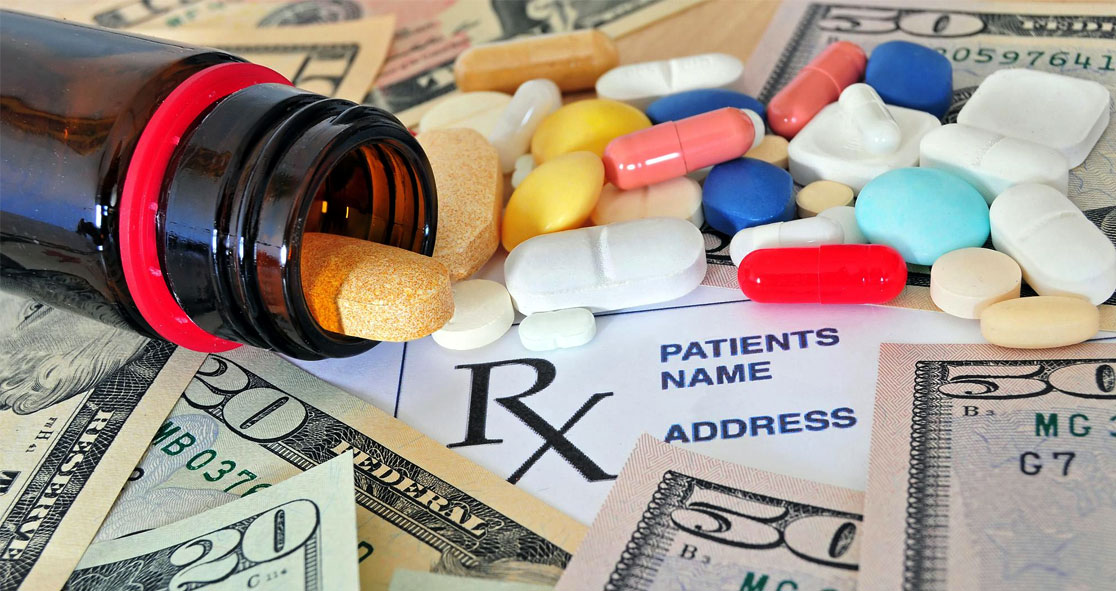In the United States, legislators at the federal and state levels are trying to achieve the goal of reducing prescription drug prices. Most initiatives failed to get off the ground, but they did help to invigorate an ongoing national discussion.
The Biden administration appears to provide a boost to the chances of successful reform efforts, but Democrats who are eager to lower prescription drug prices are facing formidable obstacles that may prevent impactful modifications from taking place, according to Forbes.
There is a wide range of limitations on what the executive branch can do.
In early June, President Joe Biden gave an order to the U.S. Department of Health and Human Services (HHS) to submit a report to the Assistant to the President within 45 days. The report is to include a “comprehensive plan … to combat high prescription drug prices and price gouging.”
So far, nothing is publicly available about the report. Forbes believes that the Assistant to the President might be reviewing it.
The report is supposed to give a clear picture of what the Biden Administration will do to lower drug prices.
The pending White House report will likely attempt to tie in elements already contained in various proposals circulating in the House and Senate, according to Forbes. The elements include:
- H.R.3 (Elijah E. Cummings Lower Drug Costs Now Act)
- S.2543 (Prescription Drug Pricing Reduction Act of 2019)
- Sen. Roy Wyden’s outline of proposed drug pricing reforms
- Budget reconciliation bill
There are possible roadblocks when it comes to passing the budget reconciliation bill. Last week, Sen. Joe Manchin called on Democrats to stop pushing forward the budget reconciliation bill.
Indeed, Democrats’ plans to introduce prescription drug pricing reform face formidable obstacles, which may dim prospects of meaningful change. For more information, read the article titled “Democrats’ Plans To Introduce Prescription Drug Pricing Reform Face Formidable Obstacles,” published Monday in Forbes.





















